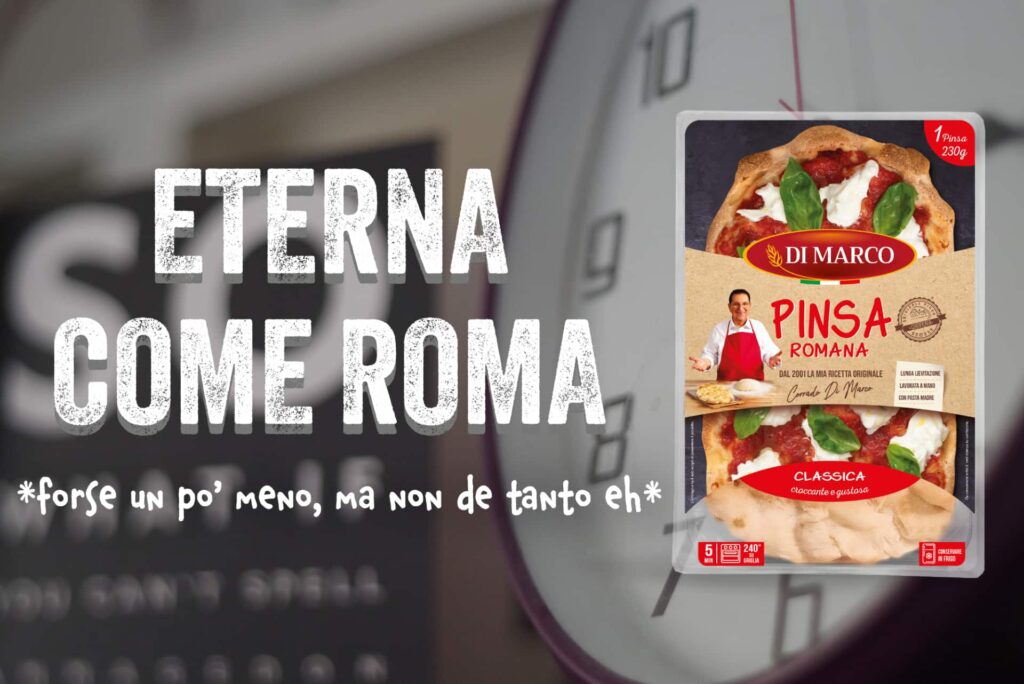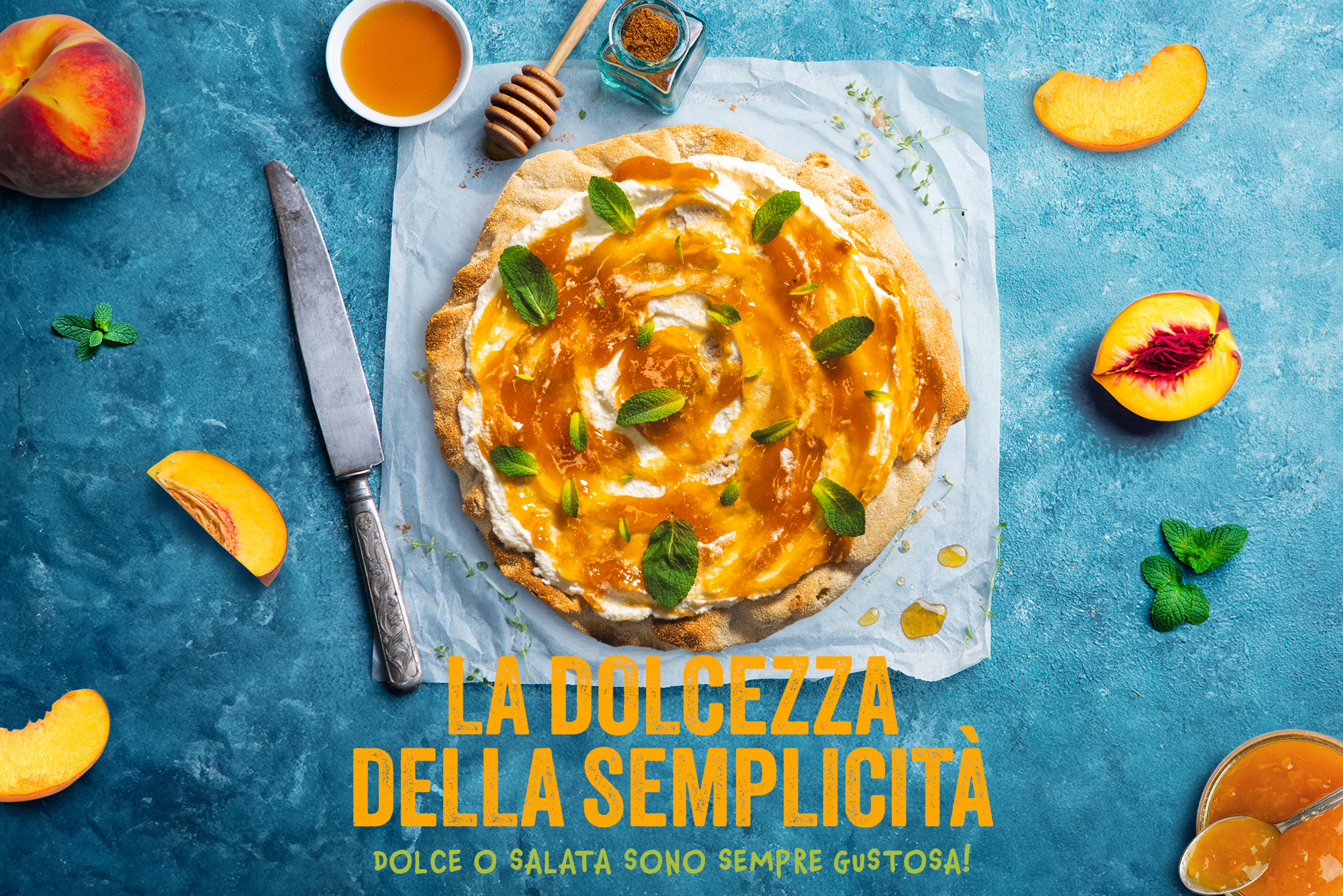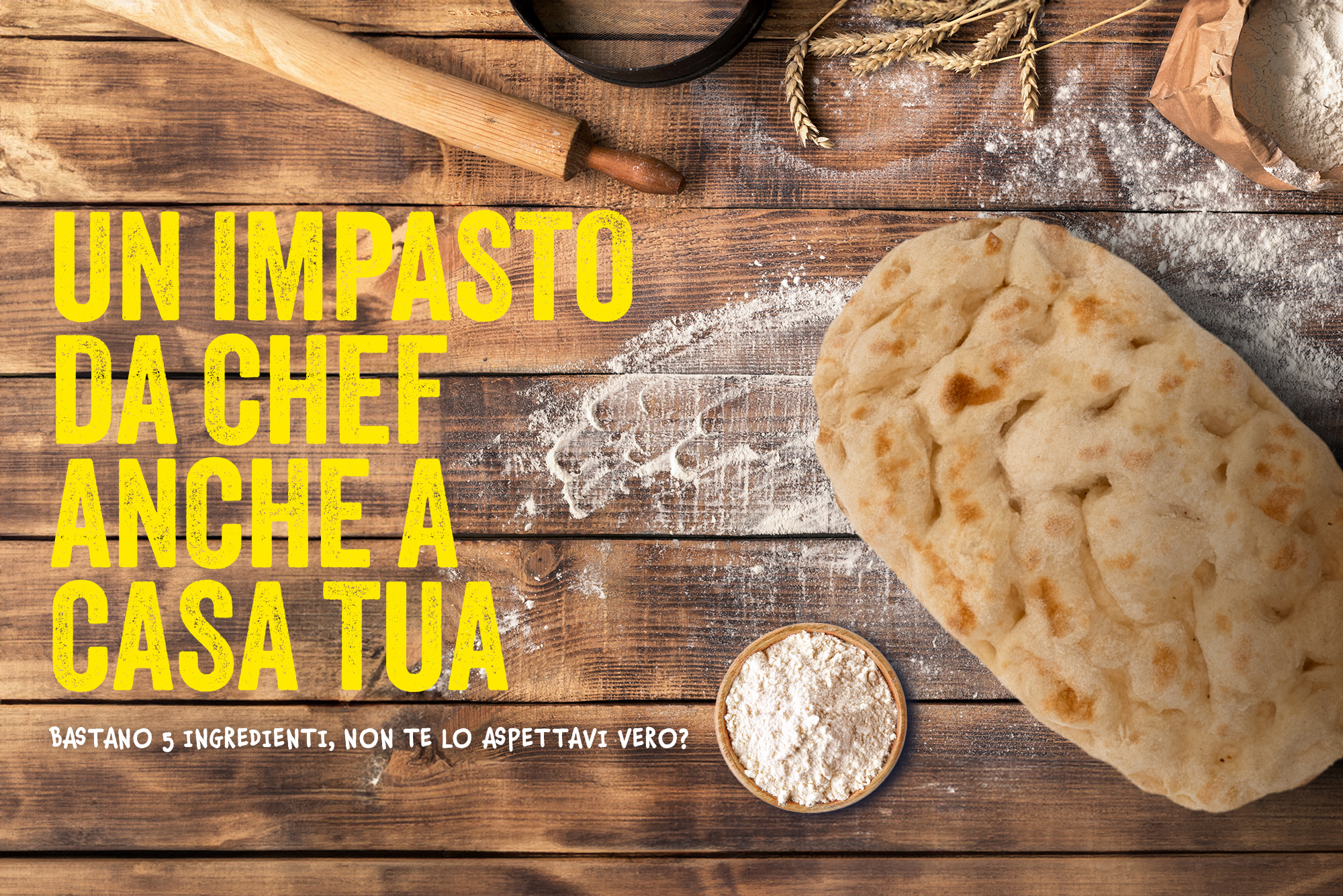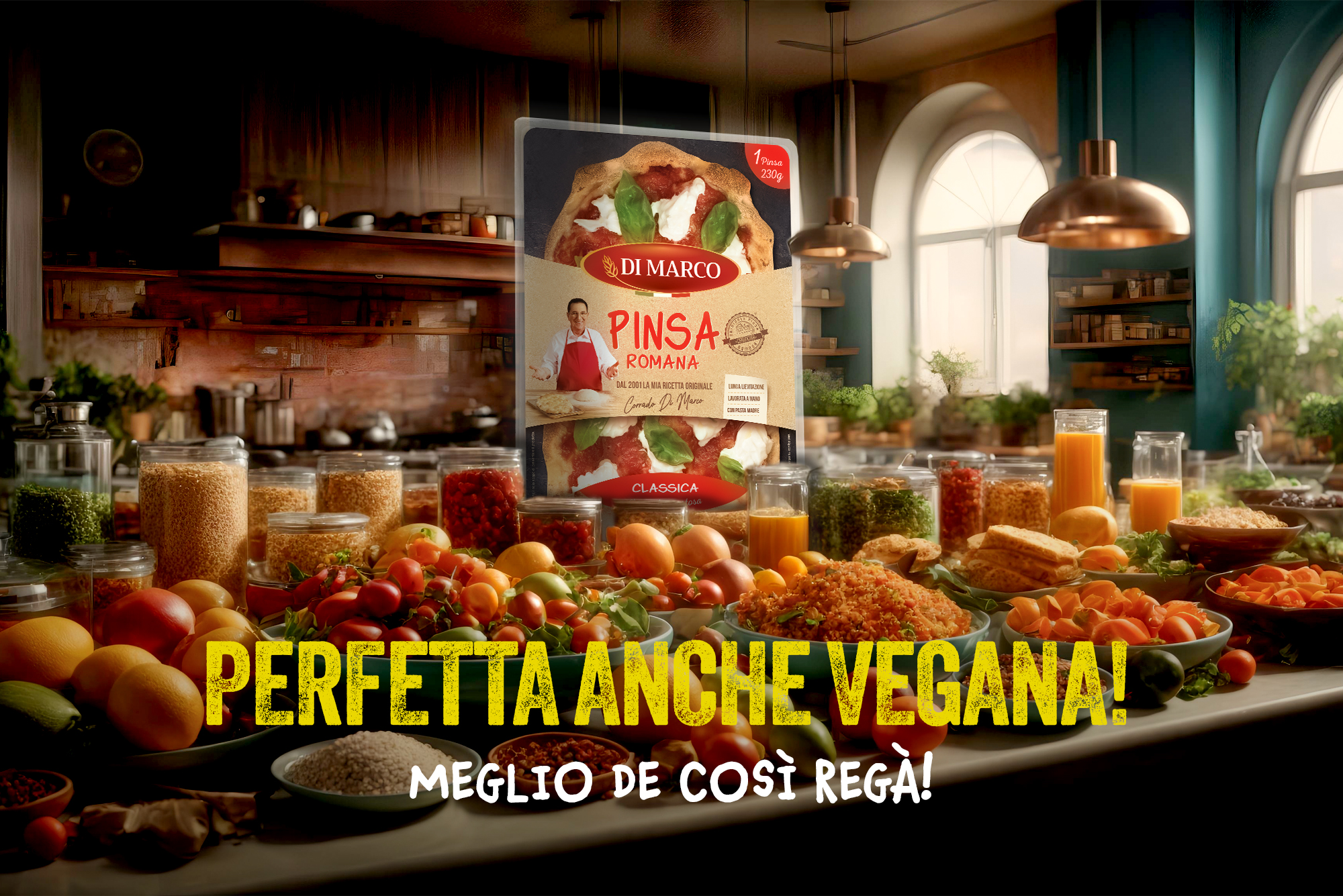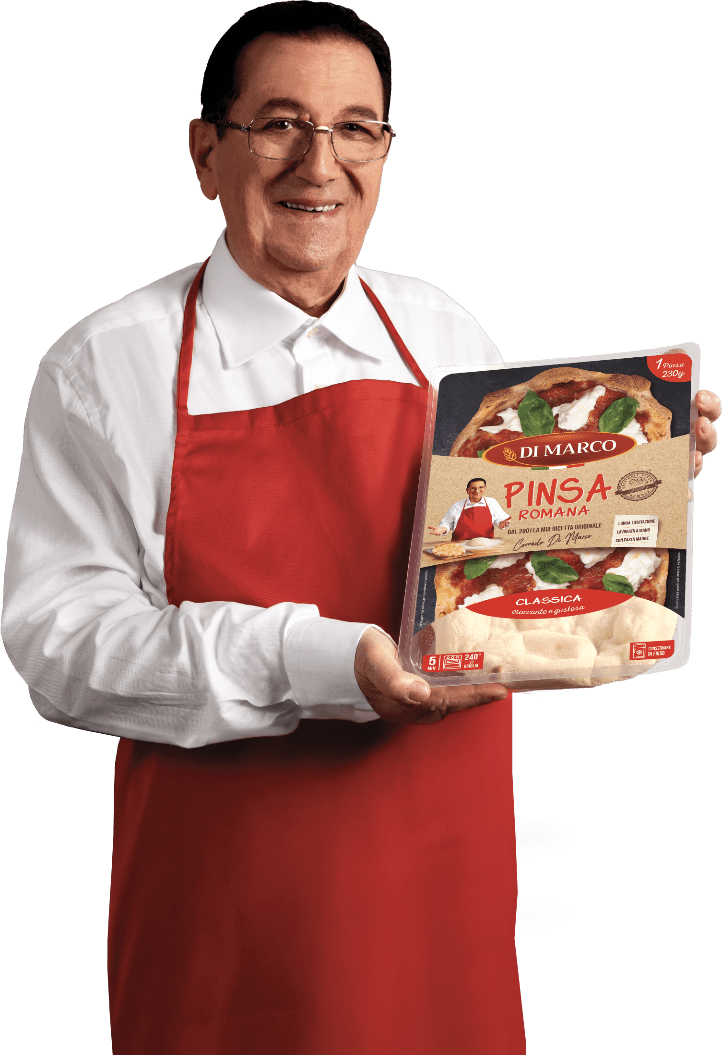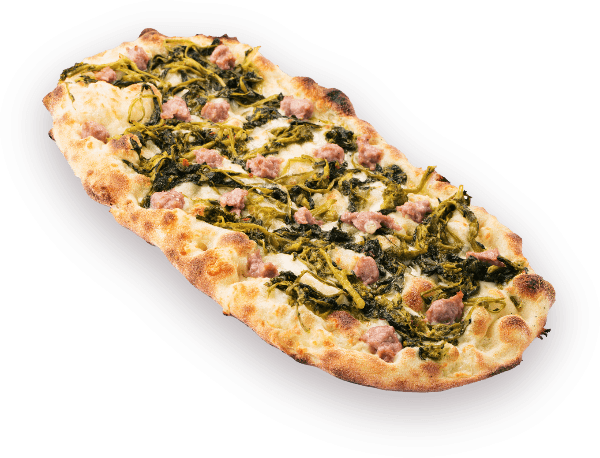Food waste (or food loss) is one of the great scourges of our society and of an era that, on the contrary, should be increasingly focused on sustainability.
Food waste: 1/3 of all food produced
Despite an important decrease (-12% compared to 2022), food waste in Italy continues to cost 6.48 billion euros a year, which seems like a paradox when more than 2.6 million people struggle to eat regularly due to a constant increase in food price. Extra-domestic consumption is reduced, restaurant evenings are scaled back, and 33% of Italians have cut back on breakfasts and lunches away from home.
Although somewhat dated, a statistic that is often reported about food waste is 33%: one-third of all food produced in the world is wasted (FAO), accounting for 45% of all fruits and vegetables and 35% of fish and seafood. All this, as anticipated, when 5.6 million people in Italy alone are living in poverty. Not to mention the environmental effects of food waste: totally unnecessary CO2 emissions, waste of material resources and totally unmotivated consumption of huge amounts of water.
The main causes of food waste
Food waste depends on two macro causes: wastage by individuals, who in fact do not consume all the food they buy, and supply chain wastage, related to the three areas of collecting, processing and distribution. While the latter phenomenon would require in-depth investigation, not least to understand the best intervention practices (perhaps related to enhanced storage capacity, logistics, and supply chain interconnection), private individuals’ waste is more of a cultural issue than anything else.
We waste food every day for a variety of reasons, some of which are completely understandable (unforeseen events, longer working hours…) and some less so. The fact is that we do not consume everything we plan to eat when we go shopping, with the result that much of the food we buy (which is perishable) ends up in the trash. There is no solution to this phenomenon, except to become aware of the problem and put in place a number of common-sense measures such as:
- Do not be (too) attracted by special offers that will result in hoarding food that will not be consumed;
- Paying extreme attention to expiration dates, accumulating only foods that will keep for a long time;
- Immediately freeze foods that you think you may not consume anytime soon;
- Do not throw away leftovers: reuse them for other recipes (e.g., jam with fruit that is a little too ripe);
- Buy only the food that you need for a handful of days, and that can make up for any changes of mind or unforeseen contingencies of any kind.
The issue is cultural, and as such it takes time to make people aware of the need not to waste what they do not need. We are far from the ultimate goal, but that -12% compared to 2022 is an encouraging sign.
Food waste and food preservation
Food storage methods obviously have an impact on the macro-issue of food waste. Any food that can keep its characteristics intact for months is (obviously) much less prone to waste than a fresh salad. Therefore, how we store food is of extraordinary importance.
Vacuum packing and freezing are the most convincing answers because they allow us to stockpile food in case of any unforeseen event (improvised dinner with friends, unplanned aperitivo at home…), greatly reducing the risk of having to throw away food because it has expired and is no longer edible. But sometimes it is sufficient to package the product in a slightly modified atmosphere to ensure long storage periods in the refrigerator or even at room temperature. In the latter case, it depends very much on the type of food in question:
in order not to make mistakes, always pay close attention to expiration dates.
Pinsa as an anti-waste solution
Our pinsa romana that you find in supermarkets is the result of a painstaking study aimed at finding the perfect balance between long shelf life and keeping the all the qualities of the fresh, artisanal and tasty product. This is true for all our products: for the classic chilled ones, for the frozen ones and also for the room temperature ones. The goal we set ourselves is to create a product that, in all its variants, could satisfy the palate of those who want to consume it right away, unleashing their imagination with creative recipes and toppings, and those who, on the other hand, would like to keep it in the fridge, freezer or pantry for all eventualities and any unforeseen events.
Obviously, storage times differ from one type of product to another, so some planning is still essential, but pinsa Di Marco is definitely not a food that has to be consumed instantly or within the day to avoid spoilage. If you have a big freezer and want to be ready for all eventualities, the frozen version might be your first choice (18-month storage life), then move on to the classic chilled or room temperature.
Especially now that Christmas is approaching, unexpected (pleasant) events are more frequent: friends who invite themselves over for greetings, an impromptu dinner out, maybe even a leftover dinner to be stored for later. So, except for the latter case, which has to be consumed quickly anyway, this is the time of year when having a few pinse in the fridge or freezer can really solve small problems.
A lot of people are careful not to waste food because they want to avoid unnecessary expenses. There, the beauty of this issue is that it creates the so-called win-win situation: it doesn’t matter why you decide not to waste, the important thing is that you do it. You save money, of course, but you also give the planet an extra chance. For our part, we are aware that pinsa will not solve the problem of food waste, but in our own small way we are happy to be on the right side and to be able to contribute.

